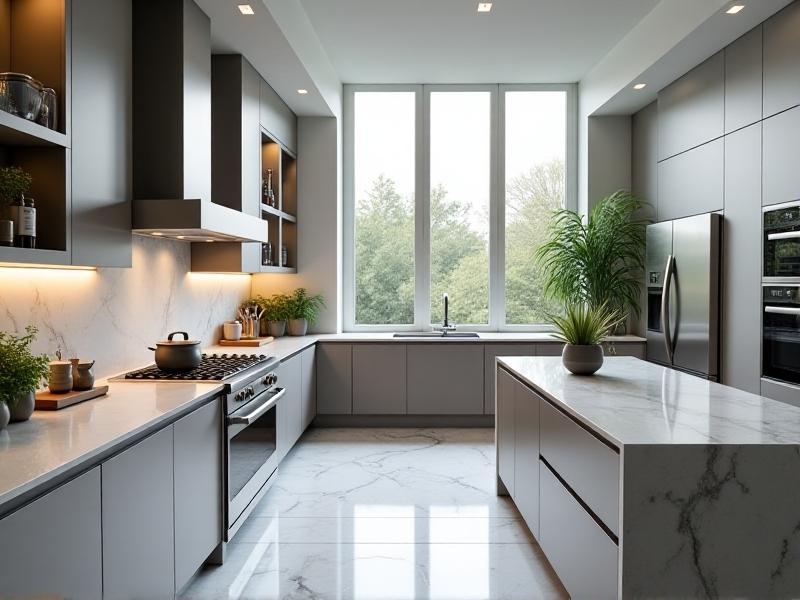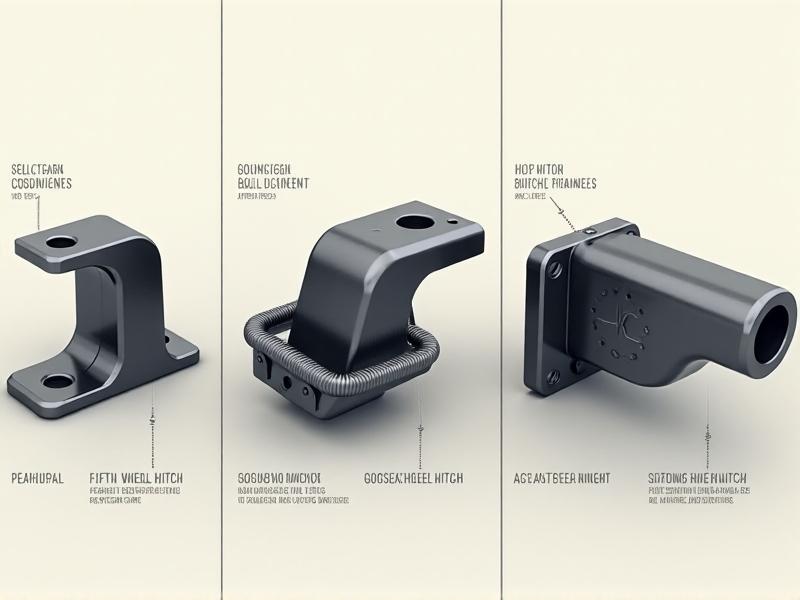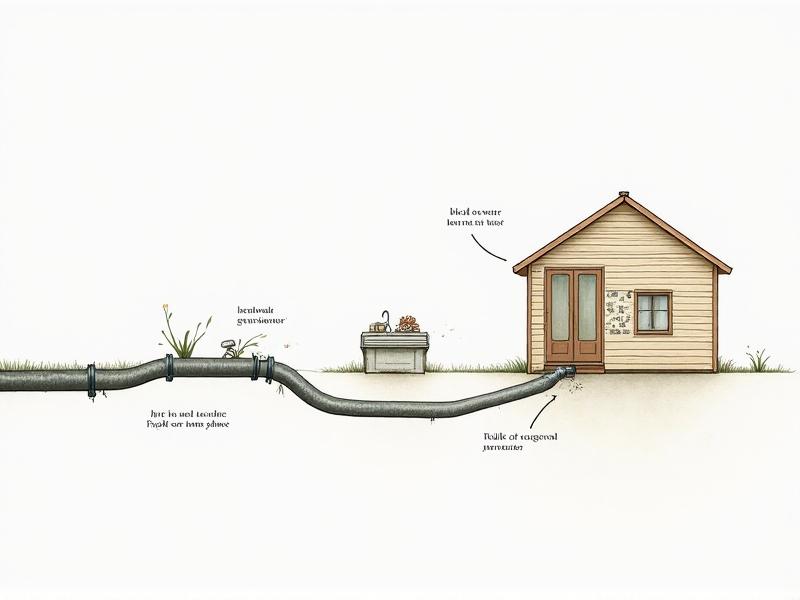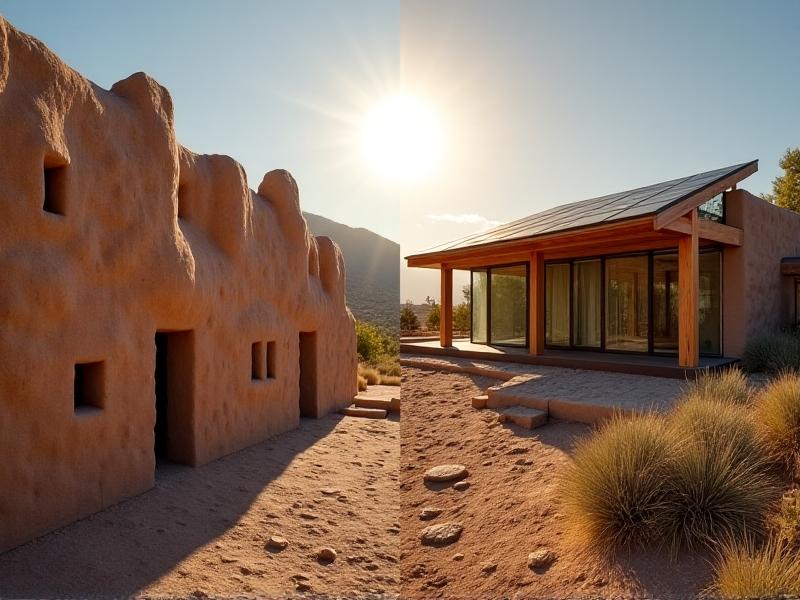Space-Saving Staircase Designs Under $500
Space-Saving Staircase Designs: Maximizing Small Spaces on a Budget
In urban homes and compact living spaces, staircases often consume valuable square footage. But innovative designs now blend functionality with affordability, proving style doesn’t require a hefty price tag. Let’s explore how to transform tight areas with staircases under $500.
Top 5 Budget-Friendly Space-Saving Designs
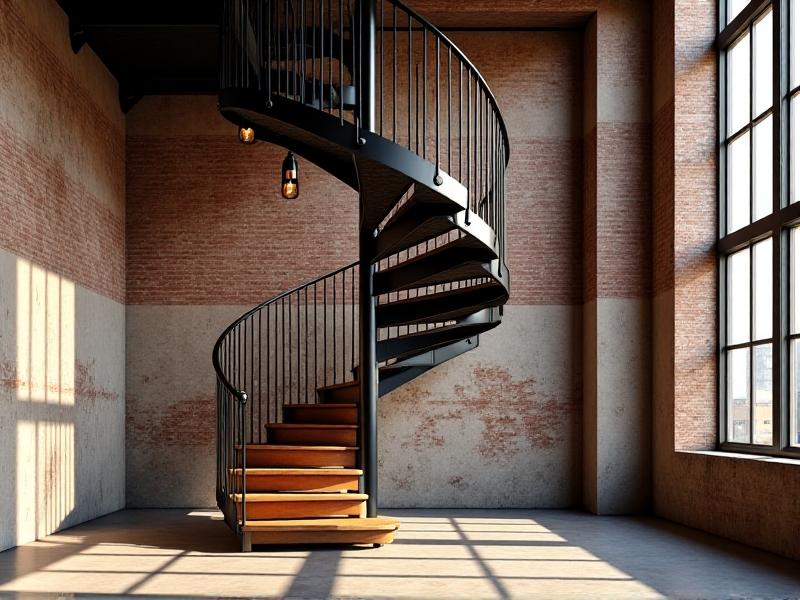
Spiral staircases are classic space-savers, ideal for vertical transitions in tight corners. Modern DIY kits using steel or aluminum can cost under $500 when opting for prefab components. Alternating tread stairs reduce footprint by 50% using an asymmetric design, perfect for attic access. Floating designs create visual lightness with cantilevered steps anchored to walls, while foldable attic stairs tuck neatly into ceilings. Storage-integrated builds, like drawers beneath steps, add utility without expanding the footprint.
DIY Floating Stairs: A Step-by-Step Guide
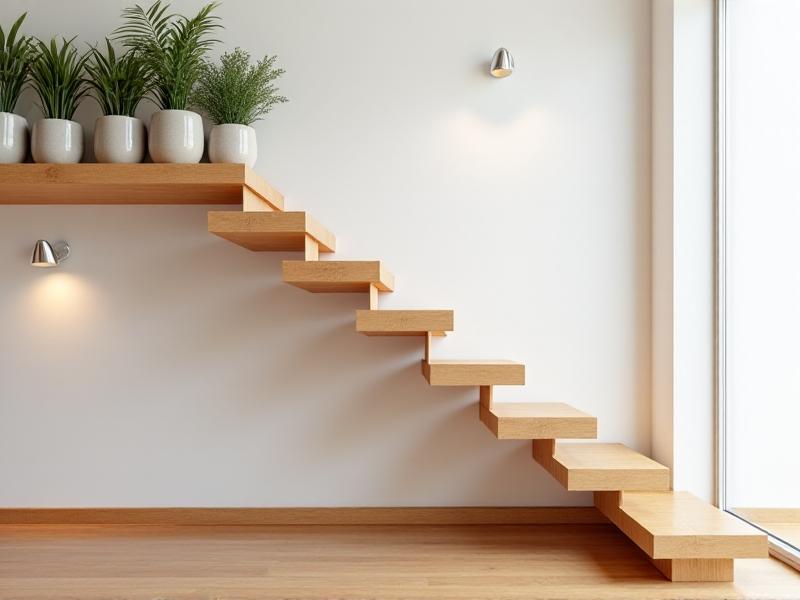
Floating stairs excel in minimalist spaces. Start by securing heavy-duty steel brackets ($150–$200) into wall studs. Cut plywood treads (12” depth) and sand edges for a smooth finish. Stain or paint treads before mounting them onto brackets using bolts. Add anti-slip tape or rubber pads for safety. Total cost: ~$400, assuming basic tools are available.
Foldable Solutions for Temporary Access
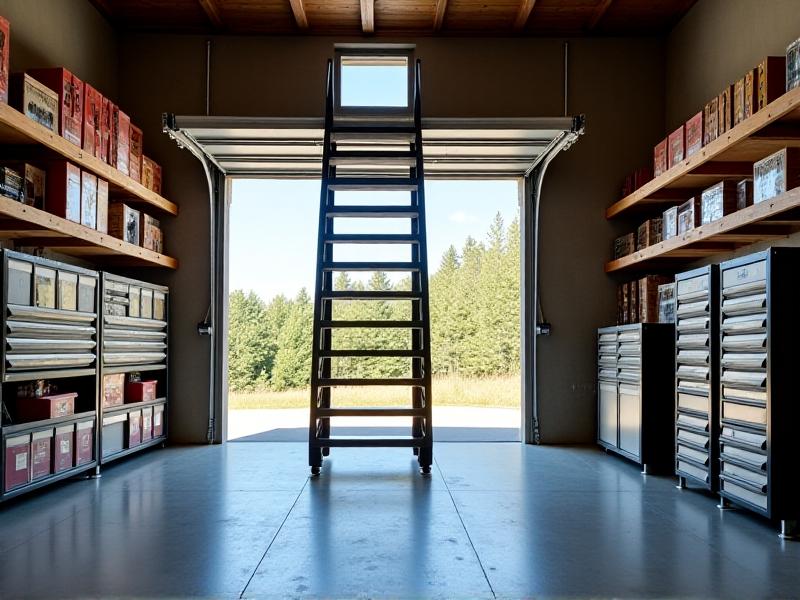
Retractable ladders or foldable stairs are ideal for lofts or storage areas accessed occasionally. Aluminum models (starting at $250) are lightweight and corrosion-resistant. For a custom look, build wooden fold-down stairs using piano hinges and plywood. Ensure mechanisms lock securely and test weight capacity (min. 250 lbs).
Stairs That Double as Storage
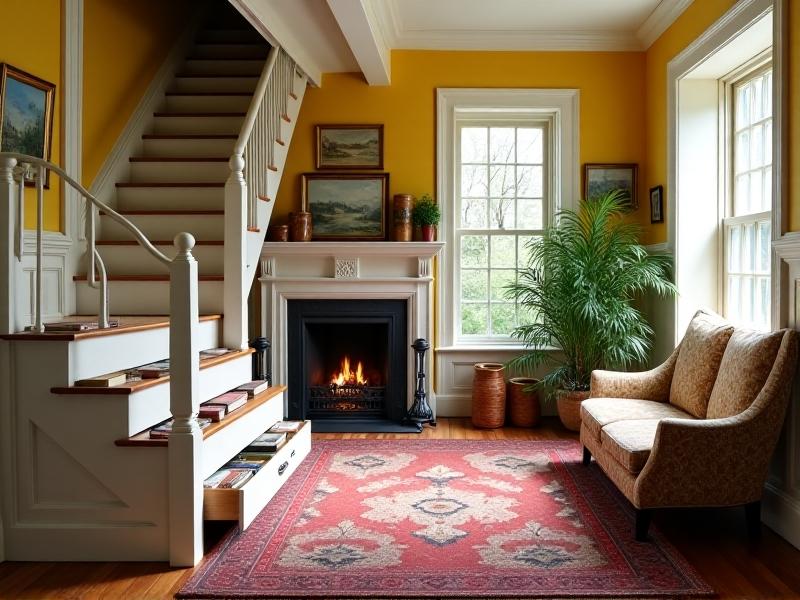
Maximize unused space by integrating drawers or cubbies into stair risers. Use pre-made plastic drawers ($10–$20 each) or build wooden boxes from scrap plywood. Install sliding rails for smooth operation. For open shelving, leave compartments uncovered to display books or decor—ideal for studios or tiny homes.
Affordable Materials: Creativity Over Cost
Salvaged materials slash costs dramatically. Reclaimed wood pallets (free or $5–$10 each) can be disassembled for treads. Metal scaffolding planks offer industrial flair at salvage yards. For modern touches, laminate over particleboard or use concrete form tubes as cylindrical spiral bases. Always prioritize structural integrity—reinforce weak materials with braces.
Real-World Examples Under $500
Sarah from Portland transformed her attic access using a secondhand ship ladder ($120) and added safety rails from repurposed bed frames. Meanwhile, Mark built alternating tread stairs for his garage loft using cinder blocks and 2x12 lumber, spending only $370. Both projects prioritized function without sacrificing aesthetics.
Maintenance Tips for Longevity
Inspect bolts and joints quarterly for loosening. Apply paste wax to wooden treads annually to prevent splintering. For metal frames, use rust-resistant spray paint on scratches. Lubricate folding mechanisms with silicone spray to ensure smooth operation. Addressing minor wear early prevents costly repairs.




